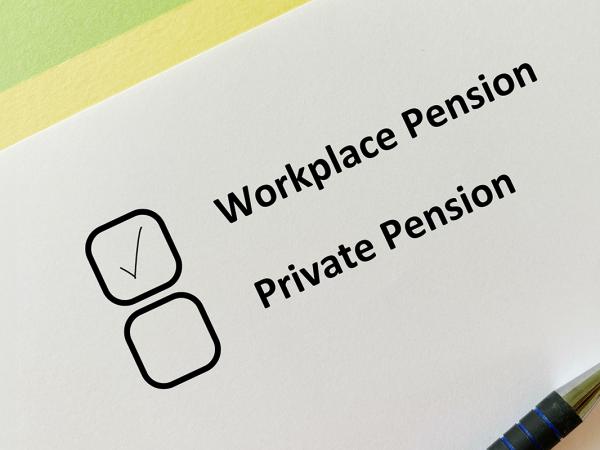Workplace pensions
Workplace pensions (also called ‘works’ pensions, company pensions or occupational pensions) are schemes organised by your employer. Here we provide some basic information about workplace pensions.

Content on this page:
Overview
If you are a member of a workplace pension scheme, your pension savings will mainly be made up of:
- your own contributions, and
- employer contributions.
Many people are automatically enrolled into a workplace pension scheme, depending on their level of income.
Your own contributions
Your contributions to a workplace pension would normally be deducted from your pay before you receive it. However, you can generally also make extra payments into your workplace pension if you want to.
You will be entitled to tax relief on the gross amount contributed.
Employer contributions
If your employer makes a contribution to your workplace pension scheme, it is a tax-free and National Insurance-free benefit for you.
Different types of scheme
Workplace schemes can work in three ways as set out below.
Defined contribution schemes
These schemes are also sometimes called money purchase arrangements.
These schemes work in a similar way to personal pensions – you build up a pot of money and then when you reach retirement age, you can decide how to use it.
Collective defined contribution schemes
In 2021, the government changed the law to allow a new type of pension scheme to be created, called collective defined contribution schemes.
In these schemes, scheme members and their employers pay into a fund which is used to provide an income in retirement. The pot of money in the pension scheme does not belong to the member in the same way as with an ordinary defined contribution scheme.
A list of collective defined contribution schemes is available on The Pensions Regulator website.
You should check the scheme details to understand how it works.
Defined benefit scheme
These schemes are also sometimes called final salary, earnings-based or salary-based schemes.
Members of these schemes do not build up an individual pot of money. Instead, the employer (and usually the employees or workers) contribute to a general pot of money from which the scheme promises to pay an amount of pension to its members when they retire. The amount the members get is based upon how long they have worked for the employer and what their earnings were over their years of ‘pensionable service’.
These schemes are becoming increasingly rare and many are closed to new joiners.
Leaving your job
If you are a member of a pension scheme set up by your employer and you leave your job – but you are not retiring – the pension is still yours. Your new job may use the same pension company, or they may offer you a different pension scheme and you can contribute to this new scheme while the pot from your previous job remains invested as before.
It may be possible to combine the pension pots by transferring the pot from your old job into your new scheme. You can read more about transferring your pension on GOV.UK.
In summary, when you leave a job, you may have various options available to you, including:
- leave the pension where it is and draw it when you retire;
- continue paying into the pension after you leave;
- transfer the pension to a different scheme;
- get a refund of your pension contributions (in limited circumstances);
- start to take your pension.
You should always contact your pension scheme administrator to check the rules and what might be possible.
There is more information on GOV.UK.
We suggest that you also seek independent advice before making a decision. The government’s MoneyHelper website gives information on choosing a financial adviser.



